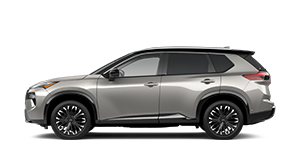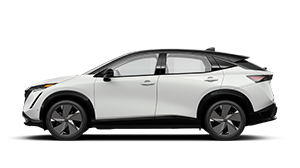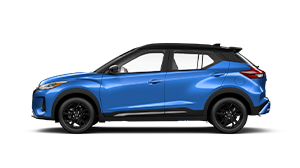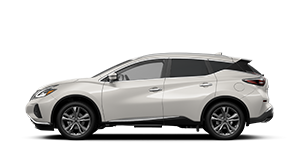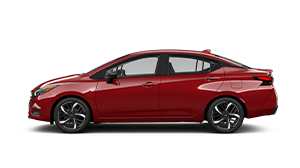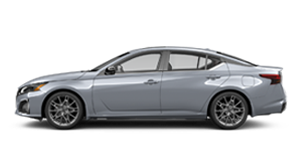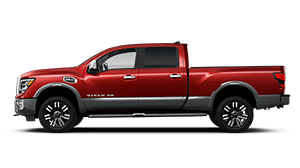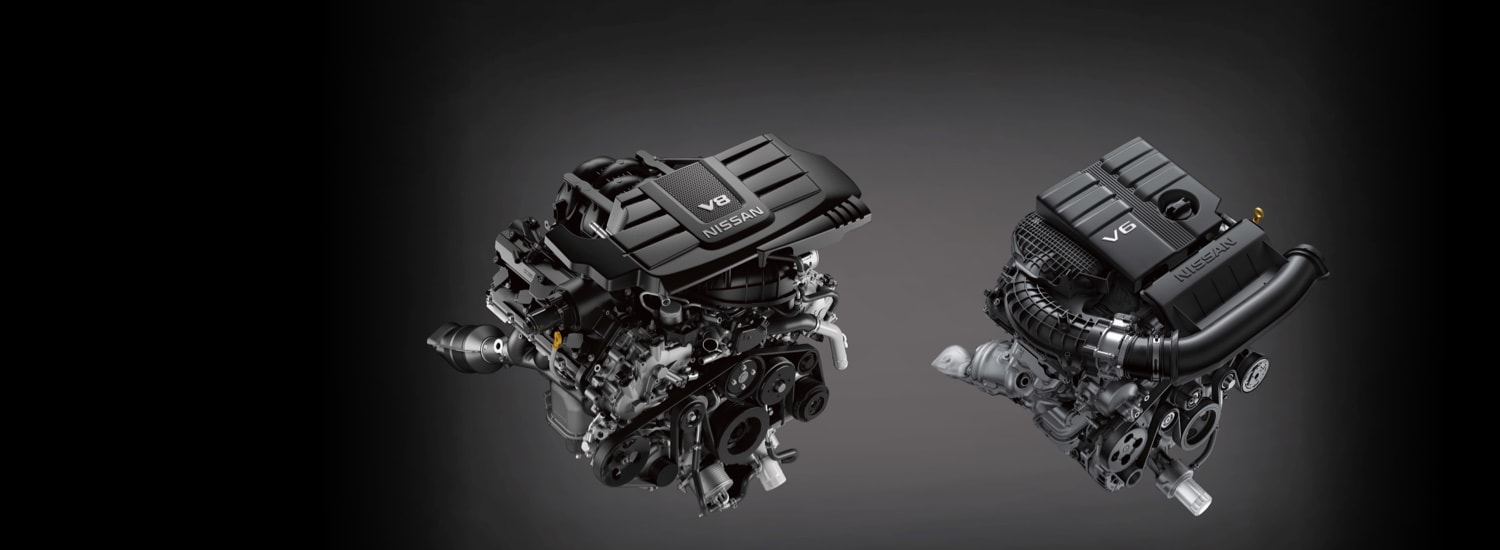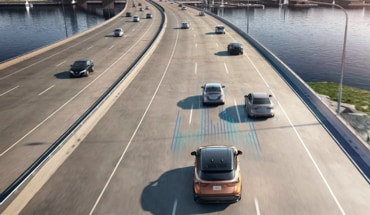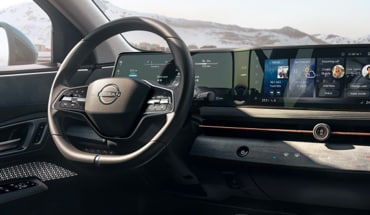Start your online purchase at participating Nissan dealers. Get a quote, book a test drive and even buy your Nissan from home. [[3355]]
Shopping for a vehicle can be difficult, especially when there are unfamiliar terms, like V-style engines. So what is a V-style engine?
V-style engines are generally lighter and more compact than other engine designs. The advantage of the lightweight and compact design is that it provides excellent balance and reduces fuel consumption compared to other styles of engines.
The main difference between a V6 engine and a V8 engine is the total cylinders in the engine for fuel intake. A V6 engine has six cylinders, while a V8 engine has eight cylinders. V6 engines typically have better fuel economy than a V8, while V8 engines generally have more power than V6 engines.
If you're in the market for a vehicle, knowing the differences and advantages of the V6 versus V8 engine can be helpful when you are trying to make a purchase decision.
Horsepower vs. Torque vs. Mileage
With many different engine types that exist, it can get confusing to know what to look for. Each engine has three attributes that most consumers are interested in: horsepower, torque, and mileage.
Horsepower
What is horsepower? The power the engine produces, or a general measure of the engine's peak performance. Nissan sedans like the Nissan Versa, Nissan Sentra, and Nissan Maxima have horsepower approximately between 122-300—the upper limits are typical for V6 engines. While Nissan family SUVs, like the Nissan Murano and Nissan Armada have horsepower approximately between 200-400—the upper limits are typical for V8 engines. High-performance cars and SUVs typically have a horsepower of at least 280.[[1361]]
Torque
Torque is the engine's rotational force. This represents how much twisting force can be exerted. Think of torque as the engine's ability to work hard. The more torque an engine produces, the more effective the engine is at handling work and accelerate under load. Torque is the go-to attribute for those considering Crossovers & SUVs or Trucks that will be used to tow or haul. [[114]][[145]]
Mileage
Mileage is the distance traveled per gallon of gasoline, also known as fuel economy. Typically more compact engines such as the V6 will consume less fuel per mile than vehicles with V8 engines.
V6 Engine

How many cylinders are in a V6 engine?
A V6 engine has a total of six cylinders, designed as two rows of three cylinders. V6 is common in economy sedans, hatchbacks, and mid-sized crossovers.
Advantages of a V6 engine
Better fuel economy
The smaller size of the V6 engine allows it to consume less fuel than a V8 engine or other larger engines. That typically means better mileage and potential savings at the pump.
Less weight
Having fewer cylinders reduces the weight of the V6 engine, and makes it lighter than a V8 engine.
Lower Maintenance cost
The V6 engine has fewer moving parts, which can reduce the chance of significant wear and tear. If there are any issues, generally costs to fix or replace parts are less expensive.
If you like the sound of family trips, occasional towing, or any advantages of a V6, this engine is an excellent fit for your lifestyle. [[114]] You will find the V6 in many Nissan family vehicles, including the Maxima, Murano, and Pathfinder.
V8 Engine
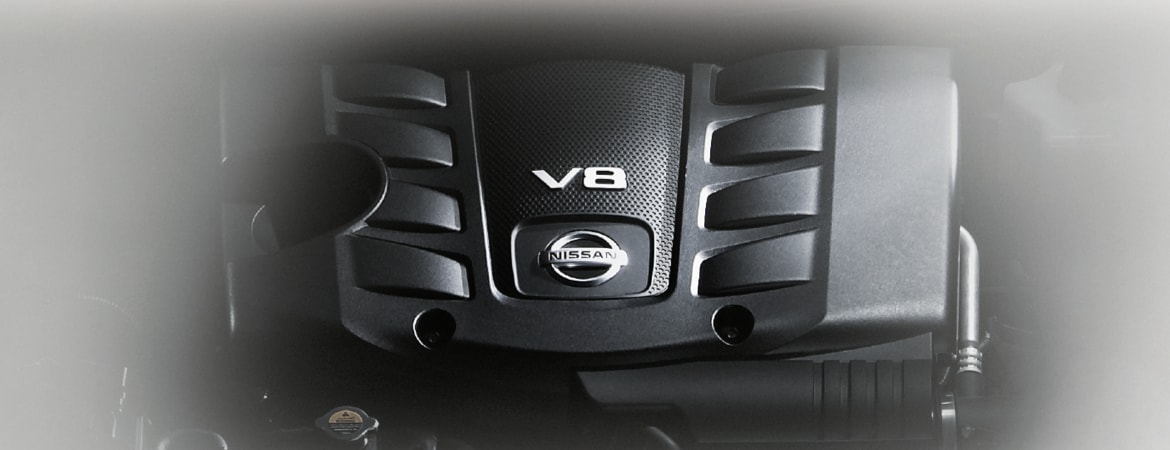
How many cylinders are in a V8 engine?
A V8 engine has a total of eight cylinders, designed as two rows of four cylinders. V8 is common in trucks, large SUVs, and sports cars.
Advantages of a V8 engine
More Horsepower
Vehicles with a V8 tend to have more horsepower than vehicles with a V6, although this varies depending on the components of the engine.
More Torque
V8 engines generally have more torque although, the difference can be minimal in some models.
More Power
The power of eight cylinders allows for heavier hauls and higher towing capacity. [[114]] More power also means quicker acceleration and speed.
If you prefer a performance vehicle with more power, endurance, and an exceptional feeling off-road, the V8 engine is a great fit. The Nissan lineup includes V8 vehicles, such as the Armada SUV and TITAN® truck.
Different engine types and what the “V” means
Automotive manufacturers offer a variety of engine types to suit different driving preferences. These engines have deviations in the number and size of cylinders along with its arrangement to each other. Within each cylinder, gasoline is ignited by spark plugs that create continuous tiny explosions that allow the piston in the cylinder to move in an up and down motion to power the engine.
"V" engines
Some engines have cylinders arranged in a single row. Other engines use two rows of opposing cylinders, connected in a ‘V’ like shape. V6 and V8 engines use this configuration. The cylinders in a V-style engine are mounted on their side with two rows facing outwards. This allows more cylinders in less space, making V engines lighter and more compact without sacrificing performance.
V6 vs. V8: Which is the better option?
There isn't a definitive answer for the question, "Is V6 or V8 better?" It depends on what your preferences and needs are in a vehicle.
The V6 engine prioritizes fuel economy and occasional towing. V6 engines are common for smaller to mid-sized family SUVs. You can find a V6 in Nissan's popular family vehicles like the Pathfinder or the Murano. [[1584]] [[1588]]
The V8 engine focuses on delivering robust power, torque, and towing. V8 engines will typically be in larger SUVs and trucks. You can find V8s in Nissan's, such as the Armada or TITAN. [[114]]

WANT TO STAY IN TOUCH?
Follow up or sign up for the latest news and offers.
